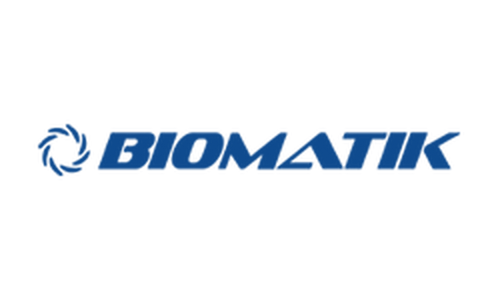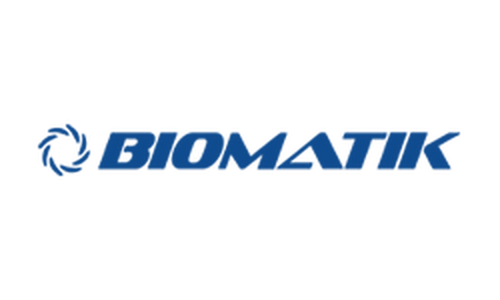Product Description
Recombinant Mouse Fibroblast growth factor 2 (Fgf2) (Active) is available at Gentaur for Next week Delivery.
Gene Name: Fgf2
Alternative Names : Fibroblast Growth Factor 2; FGF-2; Basic Fibroblast Growth Factor; bFGF; Heparin-Binding Growth Factor 2; HBGF-2; Fgf2; Fgf-2
Expression Region : 1-154aa
AA Sequence : MAASGITSLPALPEDGGAAFPPGHFKDPKRLYCKNGGFFLRIHPDGRVDGVREKSDPHVKLQLQAEERGVVSIKGVCANRYLAMKEDGRLLASKCVTEECFFFERLESNNYNTYRSRKYSSWYVALKRTGQYKLGSKTGPGQKAILFLPMSAKS
Sequence Info : Full Length
Tag Info : Tag-Free
Theoretical MW : 17.15 kDa
Storage Buffer : Lyophilized from a 0.2 ?m filtered 20 mM PB, 400 mM NaCl, pH 7.0
Endotoxin Level : Less than 1.0 EU/µg as determined by LAL method.-
Biological Activity : The ED50 as determined in a cell proliferation assay using BALB/c 3T3 cells is less than 2 ng/ml.
Storage : Short term: -20°C; Long term: -80°C. Minimize freeze and thaw cycles.
Research Area : Signal Transduction
Restriction : For Research Use Only. Not for use in diagnostic procedures, drug use, or for administration to humans or animals.
Relevance : FGF basic is one of 22 mitogenic proteins of the FGF family, which show 35-60% amino acid conservation. Unlike other FGFs, FGF acidic and basic lack signal peptides and are secreted by an alternate pathway. The 17 kDa mouse sequence has 98% aa identity with rat, and 95% identity with human, bovine, and sheep FGF basic. Binding of FGF to heparin or cell surface HSPG is necessary for binding, dimerization and activation of tyrosine kinase FGF receptors. FGF basic binds other proteins, polysaccharides and lipids with lower affinity. Expression of FGF basic is nearly ubiquitous but disruption of the mouse FGF basic gene gives a relatively mild phenotype, suggesting compensation by other FGF family members. FGF basic modulates such normal processes as angiogenesis, wound healing and tissue repair, embryonic development and differentiation, neuronal function and neural degeneration. Transgenic overexpression of FGF basic results in excessive proliferation and angiogenesis is reminiscent of a variety of pathological conditions.
Function : Plays an important role in the regulation of cell survival, cell division, angiogenesis, cell differentiation and cell migration. Functions as potent mitogen in vitro. Can induce angiogenesis.
Involvement in disease :
Subcellular location : Secreted, Nucleus
Protein Families : Heparin-binding growth factors family
Tissue Specificity :
Paythway :
Uniprot ID : P15655
 Euro
Euro
 British Pound
British Pound
 US Dollar
US Dollar








